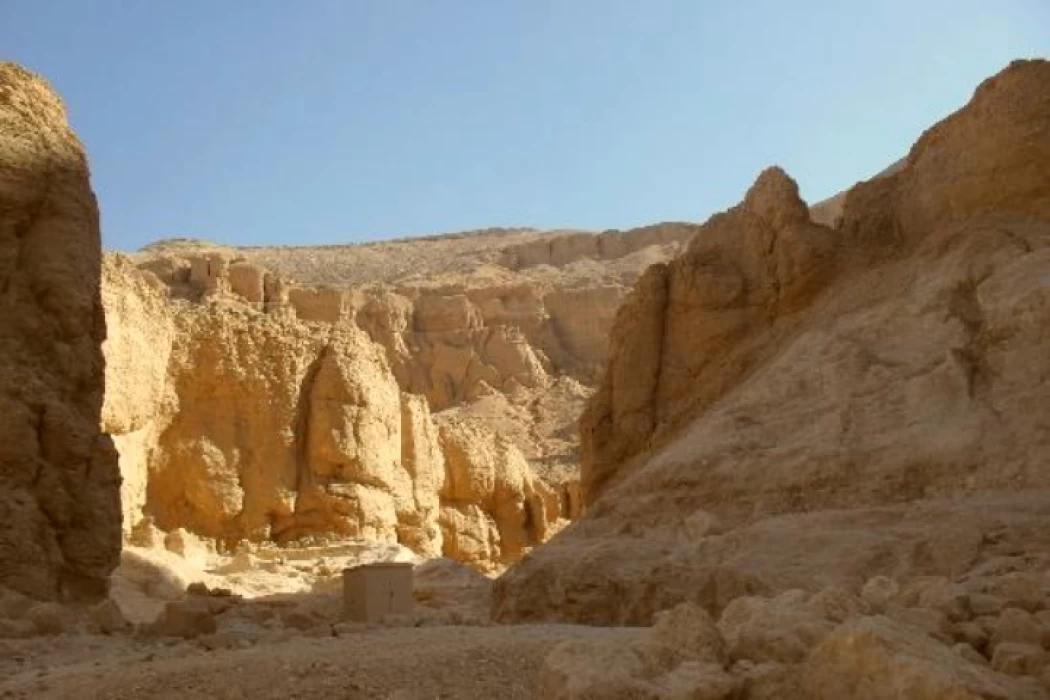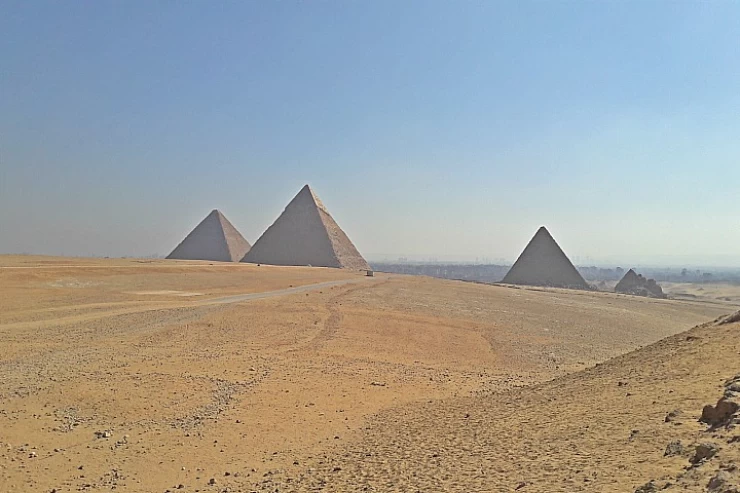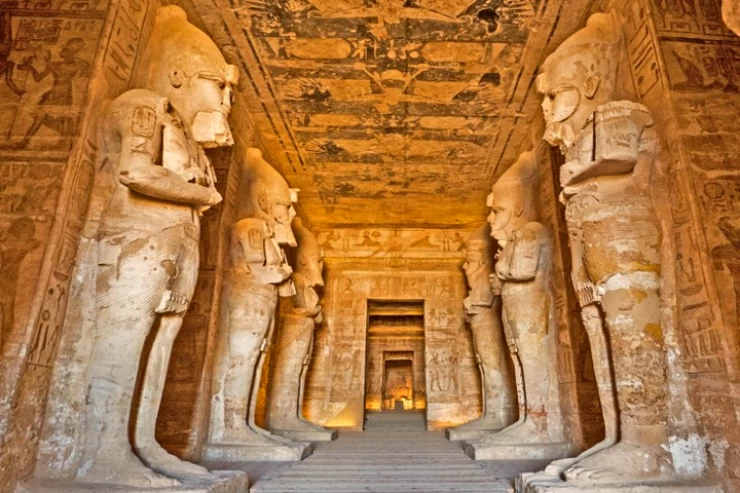
Discover Valley of The Baboons | The Western Valley Luxor
We know that there are only 5 tombs in the Western Valley of the Kings in Luxor; the rest of the tombs, which number up to 64, are located in the Eastern Valley. As I mentioned in previous articles that the Pharaoh "Amenhotep III" was the first to build a tomb in the western valley.
This tomb is considered one of the large tombs, as it begins with a long descending corridor followed by a well whose walls are decorated with views of the pharaoh in the other world; after that we find a chamber and then a hall painted with very beautiful colorful views; and then we reach the burial chamber after several corridors and side chambers.
The walls of the burial chamber are decorated with views of the Book of the Dead, known as the book "What Exists in the other world," and inside the burial chamber, there is a coffin, of which minor parts were found and completed by the Japanese Waseda University expedition.
There are several storerooms around the chamber, as well as two burial chambers for Queens "TE" and"Ste Amun". And most of the views inside the tomb are missing, such as the King's head or the protective goddesses!
The German scientist Lepsius found another small tomb in 1845 and gave the tomb the number (A). I think it is a storage room for the funeral utensils of the Tomb of King "Amenhotep III", which is the only cemetery in the western valley where the seals of the Coward were found intact.
After that, we come to Pharaoh AI, who came after the Golden Pharaoh Tutankhamun and found views of him inside the Tomb of Tut while performing the "mouth opening" ritual; The Tomb of "I" was found by the Italian adventurer Belzoni in 1816.
the Tomb of "I" in the western valley. And then the late archaeologist Atoshadin came in 1972 to work inside the cemetery and found, during the cleaning, the lid of the coffin inside the burial chamber. The cemetery is quite similar to the Tomb of Tutankhamun, especially because there is the same view of the first hour of the book "what exists in the other world", so it is believed that this cemetery was originally intended for the burial of King Tut to be next to his grandfather Amenhotep III, but because of sudden death it was decided to bury him in another ready-made Cemetery.
The cemetery is preceded by an entrance that leads to a chamber, followed by a burial chamber, in which there are several views depicting "I" in the other world, as well as a unique hunting view. As for the Cemetery No. 24, it was founded in 1832 and was worked by atochaden in 1991-1992. And I think it was a storage for the Tomb of "I"..And then we come to the cemetery next to it, which was built for "Akhenaten" to be buried there before he thought about leaving for Amarna Hill. It was found by Belzoni in 1817. I think that the area that precedes these two tombs must have a new tomb for anyone belonging to the family of King "Amenhotep III", and in general, this is what the excavations we are doing now in the western valley will yield.


















